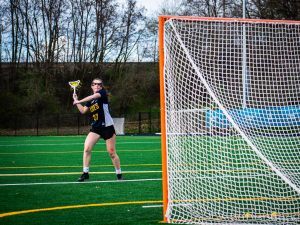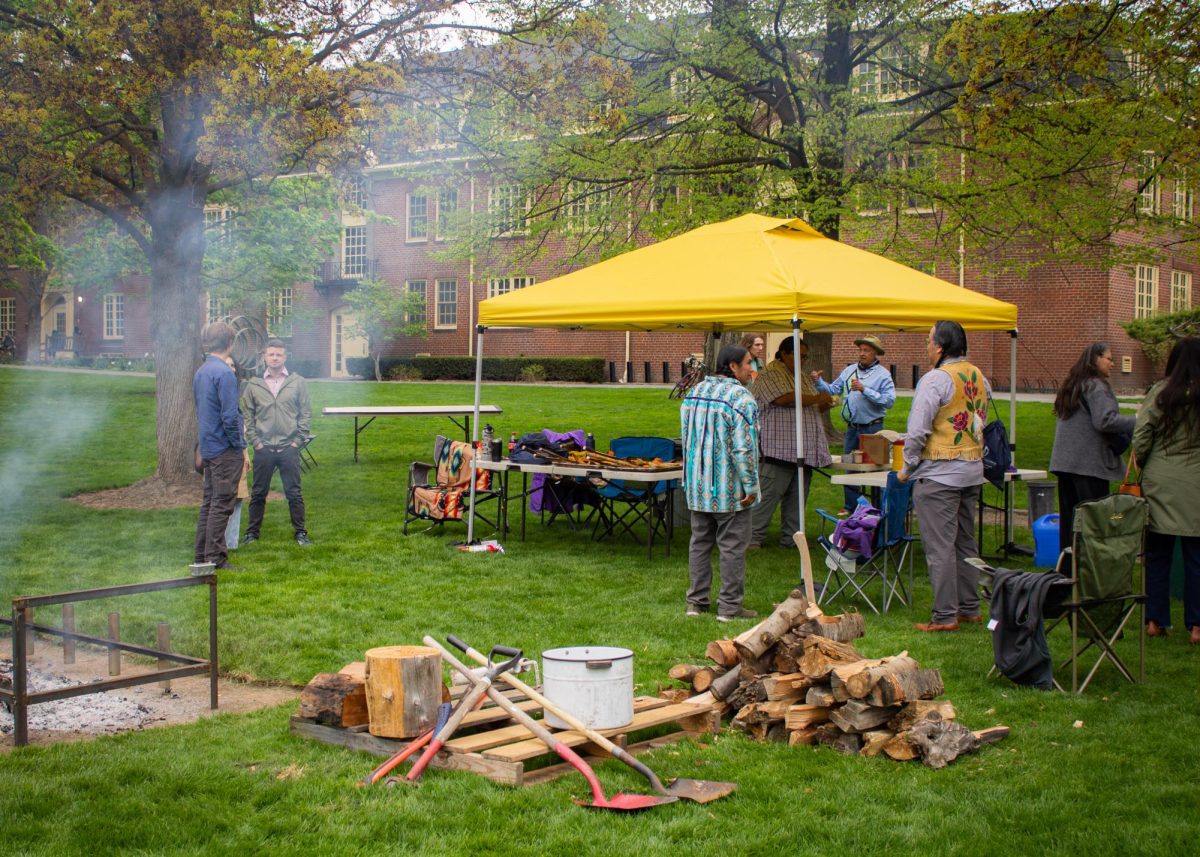Discussion about socioeconomic diversity and college affordability is still simmering in the Whitman community after a New York Times’ article published last Monday ranked Whitman last in economic diversity on a list of top U.S. colleges.
This past week, President George Bridges and the Board of Trustees have released separate statements to students, faculty and alumni addressing the situation. Meanwhile, student groups are mobilizing to protest Whitman’s lack of diversity over alumni weekend.
“Broadly speaking, making a Whitman education affordable is the number-one challenge we face,” said Chairman of the Board of Trustees Brad McMurchie. “The question of increasing access for students from a broad range of socioeconomic classes has been on our minds for a long time … It’s a problem for every college in the country.”
Some members of the college contend that while increasing affordability is an ongoing concern for Whitman, the data published in the New York Times is not the best measure of Whitman’s economic diversity, nor its accessibility.
The New York Times calculated its “College Access Index” for each school based on the number of Pell grants given to first-years in 2008 and 2012-2014, as well as the net price of attendance for students in middle- and lower-income brackets.
According to Director of Financial Aid Marilyn Ponti, the numbers for Whitman are accurate, but they don’t give the whole picture of Whitman’s affordability compared to peer institutions.
“Such a limited data set does not begin to tell the whole story,” she wrote in an email. “They used an arbitrary fact set, drawn from one year of data, about a small statistical group, in an effort to define the affordability of a very small subset of the thousands of institutions of higher education in this country.”
The Office of Insitutional Research released a compilation of statistics relating to Whitman’s financial aid policies on Wednesday.
Despite potential problems with its methodology, the New York Times list has prompted discussion and a call for change on campus, particularly among students and faculty.
“It was not surprising,” said sophomore Miriam Zuniga, co-president of First Generation/Working Class club (FGWC). “We see the difference in economic levels every day when we walk around campus.”
FGWC, allied with Feminists Advocating Change and Empowerment (FACE), Divestment and other activist groups on campus, plan to pressure the administration to take action with respect to Whitman’s lack of economic diversity this year. Zuniga said representatives from FGWC have met with Bridges and plan to meet with members of the Board of Trustees to discuss issues affecting first-generation/working-class students on campus.
FGWC and allied clubs will raise awareness about the issue over alumni weekend, by putting up posters around campus and passing out brochures to alumni at the Parade of the Classes on Sept. 20.
“We are definitely going to use the momentum this article has brought to our advantage, to bring changes that have been needed for a long time,” said Zuniga.
ASWC has scheduled a forum for Wednesday, Sept. 24 at 4 p.m. in the Reid Campus Center Young Ballroom to allow students to ask a panel of administrators and faculty about Whitman’s current situation with regard to economic diversity.
“I think in general the student body is confused about how that ranking came up and what it is that Whitman is doing that led to such a low ranking,” said ASWC President Tatiana Kaehler. “In general ASWC’s hoping to get its questions answered and give students the opportunity to ask questions and figure out what’s going on.”
Chairman of the Board of Trustees Brad McMurchie released a letter to staff and faculty on Monday, addressing Whitman’s position on the New York Times list and outlining the college’s continued commitment to affordability.
Dr. Sandy Baum of Skidmore College, a national expert on college affordability, will speak on campus in November. McMurchie hopes that Baum’s visit will provide the community an opportunity to air their questions and concerns about economic diversity and affordability at Whitman.
McMurchie noted that the hiring of Whitman’s next president, tentatively predicted for late this year or early next year, will coincide with a major re-assessment of the college’s direction and policies. He stressed that any decisions made will be based primarily on feedback from the community.
“Those decisions should be responsive to our [community’s] values, our priorities, what resources we have and what resources we might be able to accumulate in the future,” he said. “I don’t think they should be particularly responsive to an article in the New York Times.”








